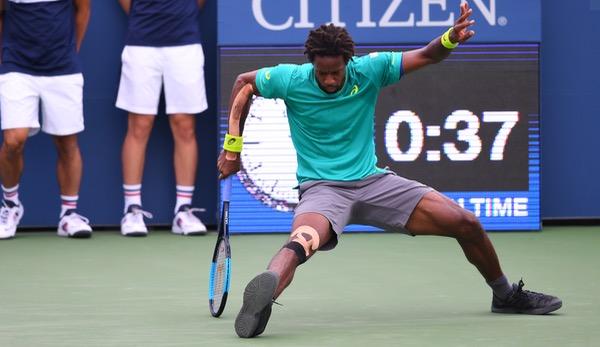Tennis
Tennis: How do you play against your opponents?
We all know the story of the battered fighter.This means that opponents with a large handicap are usually even more dangerous.They are more difficult to estimate, are no longer taken for full and are therefore underestimated.This setting makes the beaten boxer even stronger than it actually is.
You deviate from your own tactics completely, because you are only occupied with your opponent.The first question is whether the opponent is simulating.Can the handicap be taken seriously?Does your opponent really have something?If it turns out that the opponent is actually ailing, you are busy finding out how much the opponent is limited in his or her abilities.
Once you have found out this, you are often confronted with unknown strengths of this opponent.If you can’t play a real two-handed backhand due to an injury, the slice improves – because it is played more often.This can also happen during a match, in some service games.
It is almost impossible even for professionals not to deal with the opponent and his behaviour.That’s why you should concentrate as much as possible on yourself and your playful possibilities.Your opponent only plays slice because he hurt his wrist?
Accept this, don’t question it and see if you can handle the opponent’s slice.If you find it difficult to answer the slice, go beyond the forehand.Even if you played mainly in the backhand of your opponent before the injury.Be tactically flexible, but don’t let the injury of your opponent dictate you.You may have to throw your tactical concept overboard.
Therefore, it is important for you not to ask yourself too many questions concerning your opponent.Be pragmatic.As in the example with the backhand slice.You can’t handle the slice, even though it was your tactic to always go over the backhand?Ok, then realign your tactics and find ways and means to get to your points.
You want to win the match?Then you mustn’t considerate.Your opponent would probably do the same thing if you were your opponent.Once your opponent is struck, new strengths and weaknesses will open up for you.Let’s stick to the example with the wrist and slice, which can only be played on the backhand.If it is no longer possible for your opponent to go through the backhand, you can use this to attack the opponent’s too short balls and attack the net via the backhand.
It will be difficult for your opponent to pass you with a slice or to play praise.If your opponent is so banged up that he can’t move properly, throw in more stop balls.Of course, you shouldn’t stop every second ball, this would be tactically total nonsense.
It’s about taking advantage of your opponent’s weaknesses.If these weaknesses include running, your tactical concept must include stopping balls.If there are too many stops, even the attacked opponent can adjust to it and set off towards the net and the T-line at an early stage.
Keep your eyes open and watch your weakened opponent closely.You’re not a psychologist or a surgeon.That’s why you don’t need to do remote diagnostics.The only thing that matters to you is the new match situation and how you can approach it best with your own playful possibilities.
Find out your opponent’s new strengths and weaknesses as quickly as you can, because they will shift.Reassess the situation at each service play and react accordingly.Be flexible, keep your nerves and don’t let yourself be distracted by your opponent.













You must be logged in to post a comment Login